Weeds are evil, all vegetable gardeners will agree with this. Their overgrowth leads to a decrease in yield by 50-70%, soil depletion, deterioration of the quality of grown crops. In the article we will talk about ways to get rid of weeds on the plot, touching on all the nuances.
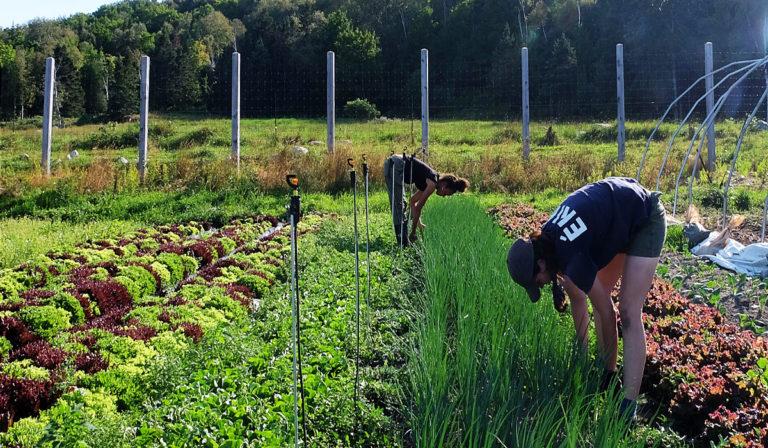
Under weeds mean wild or semi-cultural plants that are not subject to human cultivation, causing harm by littering cultivated areas. These plants are remarkably resilient and capable of rapid spread.
They differ in terms of life span, structure, methods of reproduction, so there is no general way to eradicate weeds. But in order for the struggle to be successful, you need to study your “enemies”.
Obsah článku
Varieties of weeds
There is a branched system of classification of plant pests. For example, according to the duration of the life cycle, weeds are distinguished:
- Annuals. Most of these plants are propagated by seeds, and their vegetation period lasts a couple of months. They include spring and winter weeds: shield grass, ragweed, wormwood, field wormweed, forget-me-not, garden thistle, bromegrass, bilberry, portulaca and others.
- Shiritsa, amoranthus
- Garden thistle
- Ambrosia wormwood
- Biennials. The vegetation period of these plants lasts two years. In the first year, the root rosette of leaves is actively formed, nutrients are accumulated, and in the second year – flowering and fruiting. This type of plants includes: field jarutka, shepherd’s purse, common woodchuck, chamomile, field violet, medicinal turf, wild carrot, etc.
- Shepherd’s purse
- Turnip
- Wild carrot
- Perennials. Weeds are characterized by the fact that they grow in one place for more than 4 years. Such longevity is possible because of the constant growth and development of the root system. Even when the above-ground part dies, the plant will find the strength to go into growth again, if a part of the rhizome is preserved. Such dangerous and undesirable neighbors of cultivated plants include: medicinal dandelion, wheatgrass, milk thistle, plantain, field thistle, creeping clover and others.
- Medicinal dandelion
- Plantain big
- Field thistle
According to the type of nutrition weeds are parasitic – existing only at the expense of host plants, semi-parasitic – partially feeding on useful substances from horticultural crops, non-parasitic – with their own nutrition system.
According to the place of growth, plants are divided into vegetable and lawn plants – this does not prevent them from growing in a flower garden or greenhouse.
Methods of struggle
Let’s say at once that the best remedy that will help to take out weeds and grass forever does not exist.
The most effective way to defeat weeds is an integrated approach that combines regularity and a combination of various methods of struggle. They are selected separately for each specific case. From the weeds on the site will be relevant to one method, from the grass in the flowerbed – another, and from weeds in the beds – the third.
There are several methods of combating the reproduction of weeds:
- agrotechnical;
- biological;
- chemical.
Let’s consider them in detail.
Agrotechnical
There are several agrotechnical methods of destroying weeds. They consist in the application of various techniques and technologies to prevent the growth and reproduction of weeds.
Agrotechnical methods are divided into extermination methods and preventive methods.
Extermination
This method includes:
- mechanical removal;
- seed provocation;
- depletion;
- smothering;
- desiccation;
- freezing;
- burning.
Not all methods are applicable to the vegetable garden. The most popular are mechanical destruction of weeds, freezing. Less frequently applied provocation of seeds to germination and burning.
Mechanical removal. An effective method that allows you to get rid of weeds in the vegetable garden, including weeding and digging. The work can be done with manual or mechanized weeding, as well as digging with the use of hand tools and machines.
Weeding beds is familiar to every gardener, without it there is no way to do without it in the fight for the cleanliness of the site. This procedure helps to get rid of weeds at different stages of development and is done both manually and with the use of technical means, such as a motorized cultivator. It allows you to quickly weed the vegetable garden in a large area while processing the inter-row.
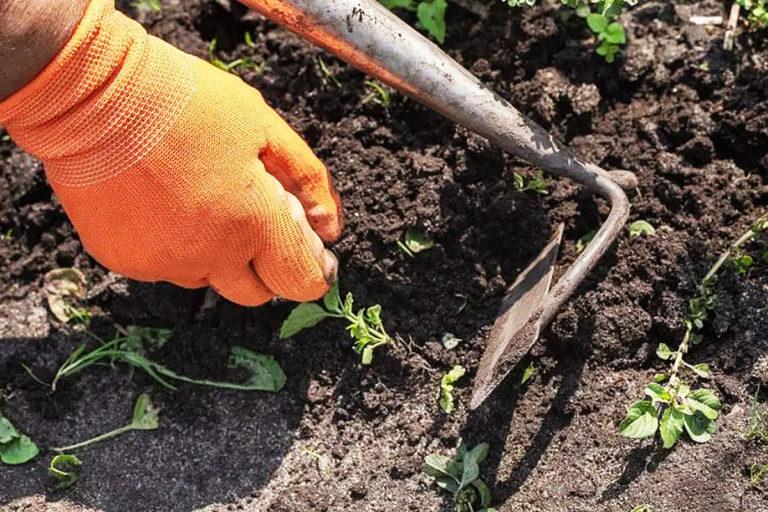
Digging a vegetable garden allows you to physically destroy weeds and their roots, especially if they are in the upper layers of the soil. It can be carried out in spring and fall with hand tools – a spade or forks, as well as a motorized block.
When digging a vegetable garden with forks, the roots of harmful plants remain intact and it is convenient to remove them. Whereas digging with a shovel or a power tiller cuts the roots into small segments, from which in the future whole colonies of new weeds can sprout.
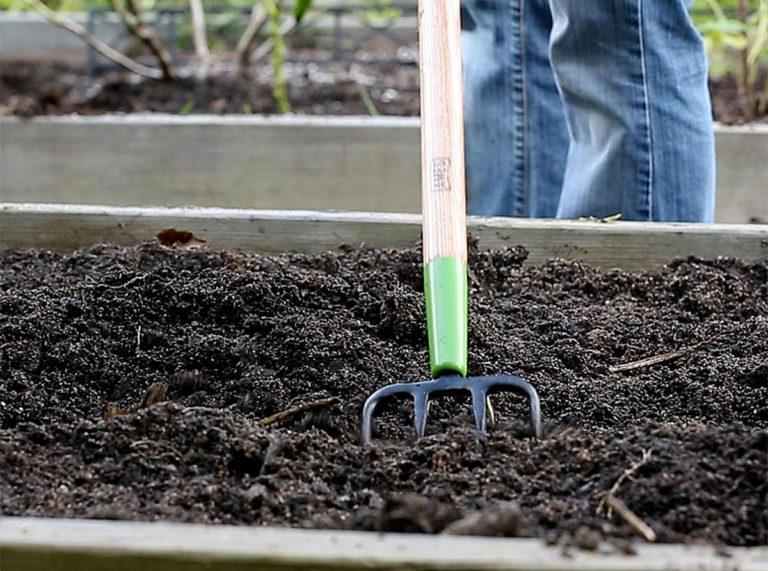
For example, when there are pockets of wheatgrass on the plot, then if you dig the beds with a spade, it will increase the area of spread of the root-propagating weed. At the same time, digging with a pitchfork will not work because of the density of roots. To get rid of wheatgrass for a long time, it is better to sift the soil from the roots of the weed when digging. For sifting, you can use a construction mesh with a mesh of 10*10 or 15*15.
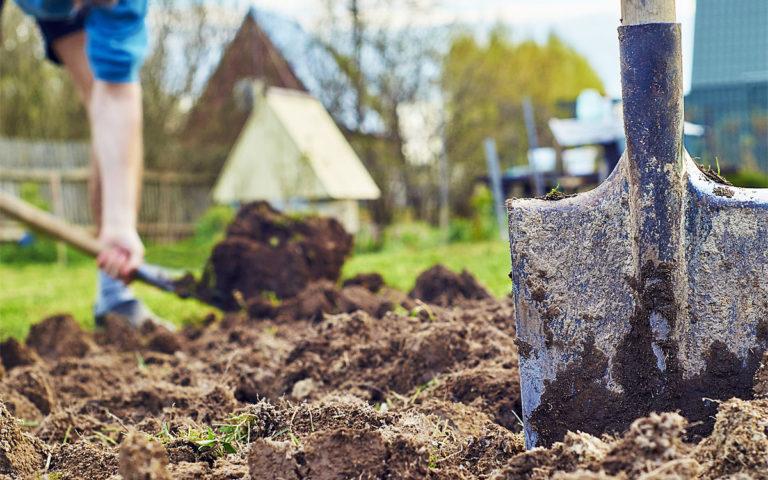
Soaking. With deep digging, the roots are on the surface and are killed by frost. Digging is done in late fall in large pieces with overturning the layer. Autumn digging has additional pluses – improvement of soil structure, destruction or weakening of pests and diseases in the soil.
Burning weeds is one way to control them, especially on small plots. However, it should be remembered that this method can be dangerous and fire safety must be observed.
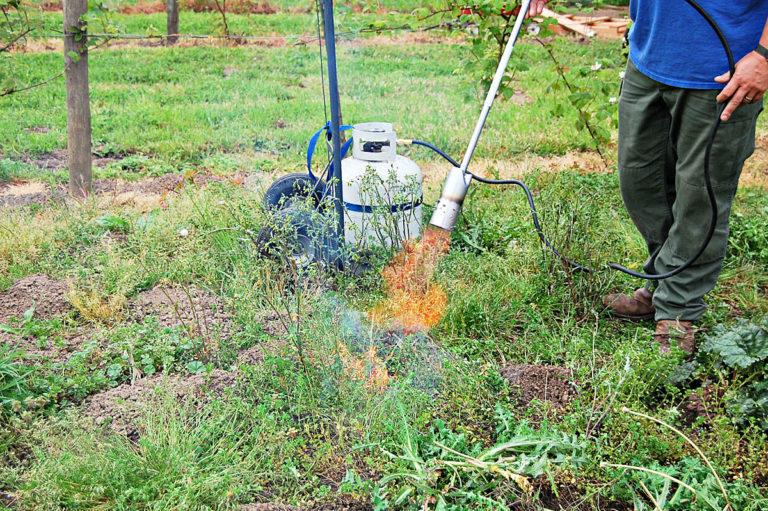
Prevention
Prevention is important in weed control. Preventative weed control measures can help prevent weeds from occurring or reduce the number of weeds. Here are some tips to follow.
- Do not use fresh organic matter. Fresh manure contains weed seeds in large quantities, which will actively grow once in the soil. Ideally, the manure should be fermented for a year or two, after which everything capable of germination will die from the high temperature at which decomposition occurs.
- Organize drip irrigation. It will provide the proper amount of moisture only useful crops and provoke the drying of weeds.
- Fence the beds with slate, dug into the ground to a depth of 50 cm. This will prevent the transformation of cultivated plants into harmful ones. We are talking about raspberries, mint, topinambur, horseradish, usually sprawling beyond the boundaries allotted for them.
- Observance of crop rotation. Each plant species should return to “its place” not earlier than in 4 years.
Biological
This category of ways to destroy weeds includes:
Chemical
Chemical measures of weed eradication are the most effective. They are used when other methods have failed and proved useless. Opponents of the use of herbicides on the plot are many. But modern manufacturers offer preparations whose decay period in the soil is reduced, and due to the inclusion of surface-active substances (surfactants) in the composition, prices have become lower.
Chemical methods allow you to quickly get rid of weeds without much effort. The principle of action of such preparations is to inhibit photosynthesis, protein synthesis or respiration in plants, which leads to their death.
Herbicides
Herbicides are chemicals specifically designed to kill weeds. They are classified into continuous and selective herbicides. In addition, they can be contact – causing damage to the weed at the point of contact with the poison, or systemic – penetrating into the plant and destroying it from the root.
Herbicides of continuous action are designed to destroy any vegetation, including quarantine weeds. Selective-action pesticides, another name for “selective”, damage only certain species of plants and are used in the cultivation of agricultural crops.
The former include means that destroy all plants on which they fall. These are “Roundup”, “Tornado”, “Euron” – all these substances are systemic, continuous action.
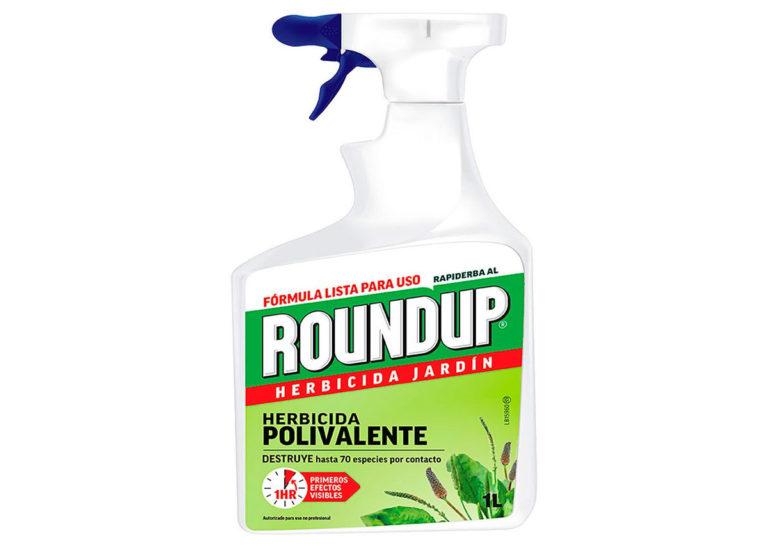
To the second should refer to means that act only on a certain type of plant, without causing harm to the rest. These are “Miura”, “Lontrel”, “Lintur”. Such preparations are most often applied topically and allow you to quickly achieve the desired result.
The optimal remedy for weeds (according to reviews) is Roundup. It contains the active ingredient glyphosate and easily copes with any kind of weeds.
Choosing a chemical, it is not unreasonable to pay attention to its characteristics:
- mechanism of action;
- selectivity;
- duration of action;
- active ingredient;
- timing of application;
- method of application;
- form of release.
Before using the herbicide, read the instructions carefully and follow all safety instructions. When preparing the working solution and treating the area, use protective equipment such as gloves and a mask, and avoid contact with the herbicide on the skin or eyes.
Folk methods of control
The experience and observations of gardeners and vegetable gardeners, accumulated over generations, allow you to remove weeds using folk remedies. The advantage of such means is that they can be prepared from ingredients that can be found in every home or purchased in the nearest store.
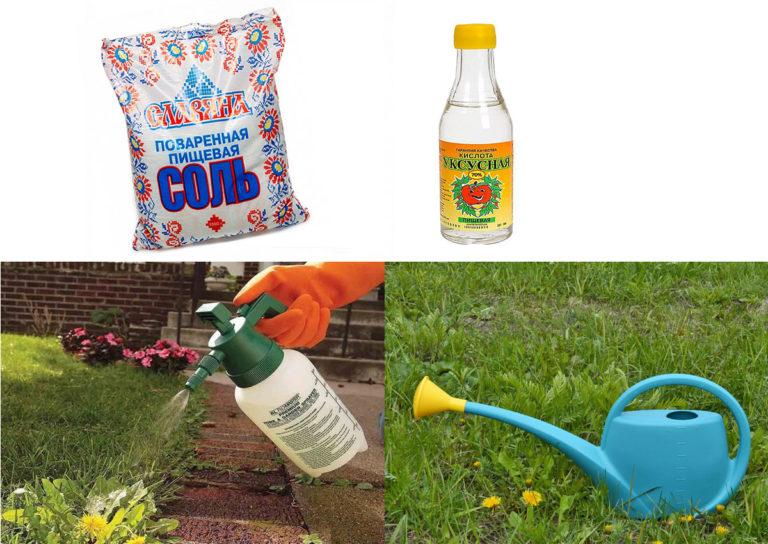
The use of folk remedies instead of chemical preparations, helps to preserve the ecological balance in the garden or vegetable garden. They do not harm the soil, water, living organisms, which contributes to the preservation of biodiversity.
It should be noted that improvised remedies may be less effective or have a limited effect compared to chemical preparations. Therefore, before using folk remedies, it is recommended to choose the most appropriate method of control.
Here are some effective folk remedies for weeds with recipes and methods of application.
Burning
Burn out the grass, so that it does not grow, you can also use an ordinary blowtorch or burner. The main thing is not to overdo it and carry out the treatment with a sliding flame, quickly. This is enough to damage the plant.
This method is suitable for small areas, for example, for burning grass along the path and on it.
Salt
Often as an effective weapon against unwanted vegetation is ordinary table salt. Sprinkle this product on the seams between the tiles or between the rows – places where there is a cluster of weeds. The main thing – do not accidentally fall on useful crops. Salt from weeds – a radical measure and helps in most cases.
Ocot
The remedy from weeds can be made with your own hands from vinegar. You can prepare the remedy in different ways:
- Pour a 9% solution of acetic acid into the sprayer and treat the weeds. The method is suitable for spot treatment of plants.
- Take 80% acetic essence, dilute it in a ratio of 1:1 with water. You can use 70% acetic acid diluted to 40%. Water or spray weeds with this solution.
- Take 3 liters of boiled cold water, add 6 tablespoons of salt and 2.5 cups of 9% vinegar. The solution can be watered or sprayed.
Alcohol
The method is to water the beds with a solution of alcohol and water a month before the intended sowing. The composition will provoke a rapid growth of weeds, and after some time it is necessary to carry out extermination measures. To prepare the mixture, it will be necessary to observe the proportion in the ratio of 150 g of vodka or 70 g of alcohol per 1 liter of water. For a plot of 2.5 acres, 10 liters of solution will be needed.
Boiling water
A good effect against weeds gives boiling water. All you need to do is to pour boiling water on the places where weeds have proliferated. The procedure can be repeated until the desired result is achieved.
Result
Get rid of grass on the plot forever, unfortunately, it will not work. Even if the vegetable garden in the fall will be clean, and it will seem that you have coped with weeds, it is not so. The remnants of roots, seeds, carried by wind and birds, will sprout anew in the spring. But it should be understood that the more competent measures to eliminate weeds, the better the result will be.

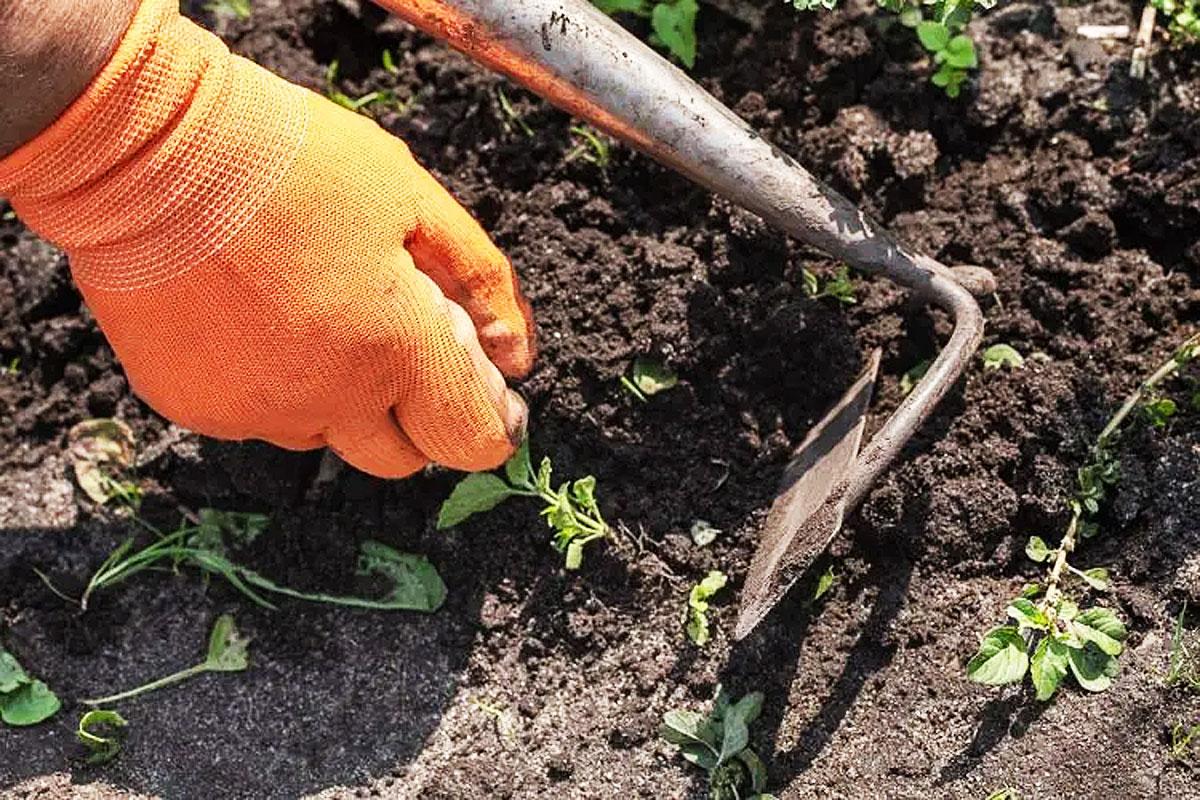
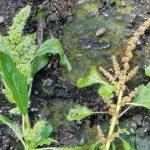
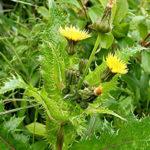
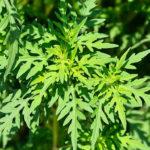
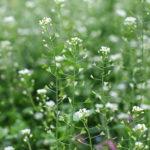
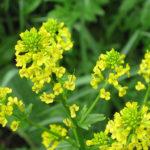
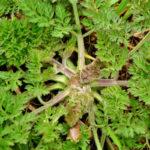

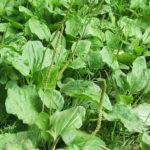
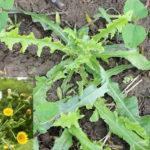
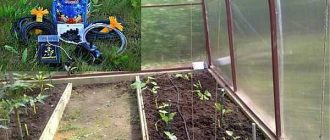
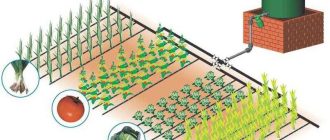
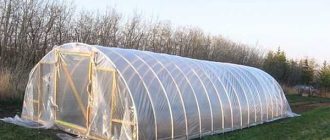
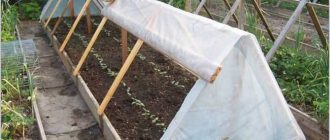

Absolutely! I used mulch in my veggie garden, and it made a huge difference. Keeps the weeds down and helps the plants thrive. I also love hand-pulling them when they’re small. It’s kinda relaxing and gives me a chance to connect with my garden!